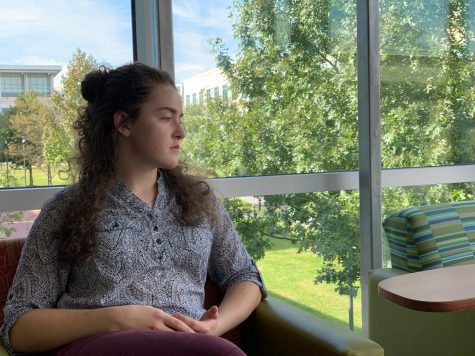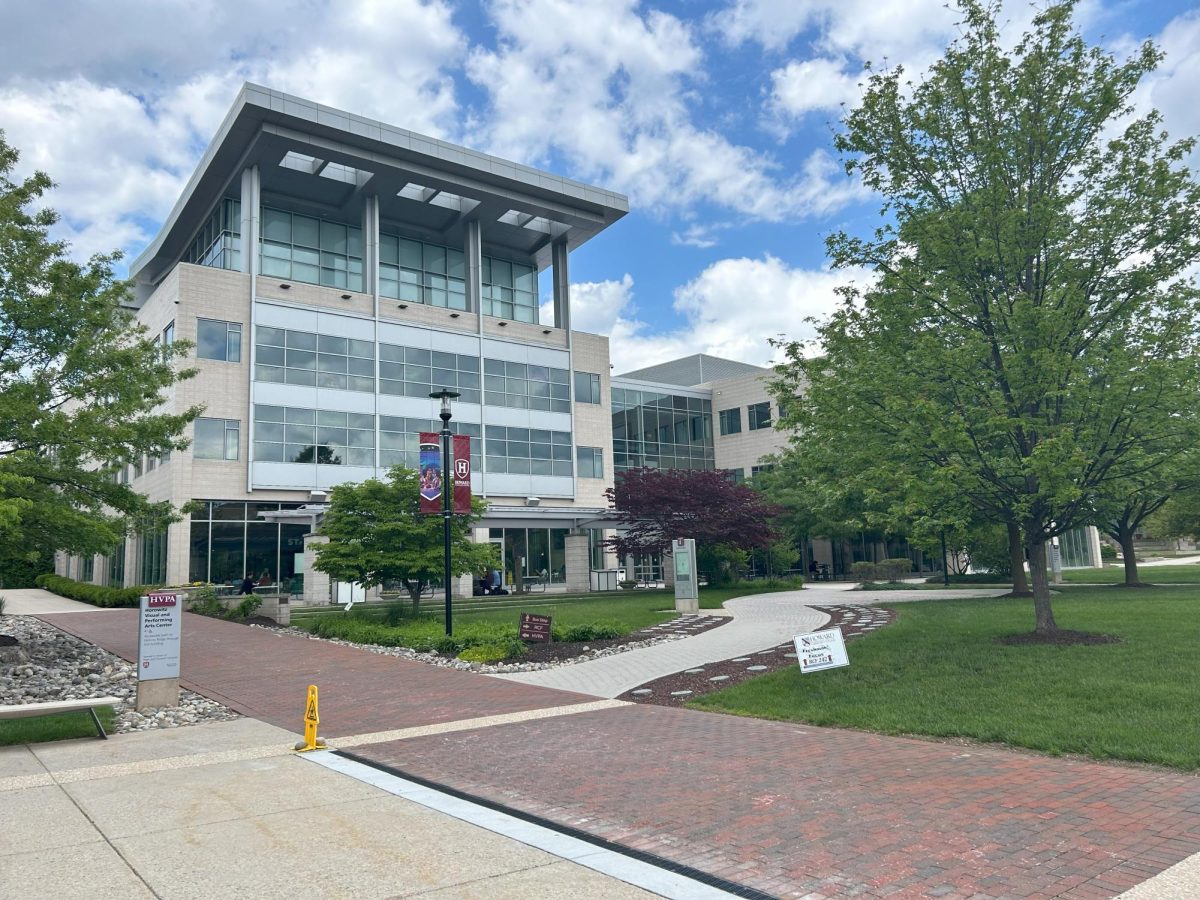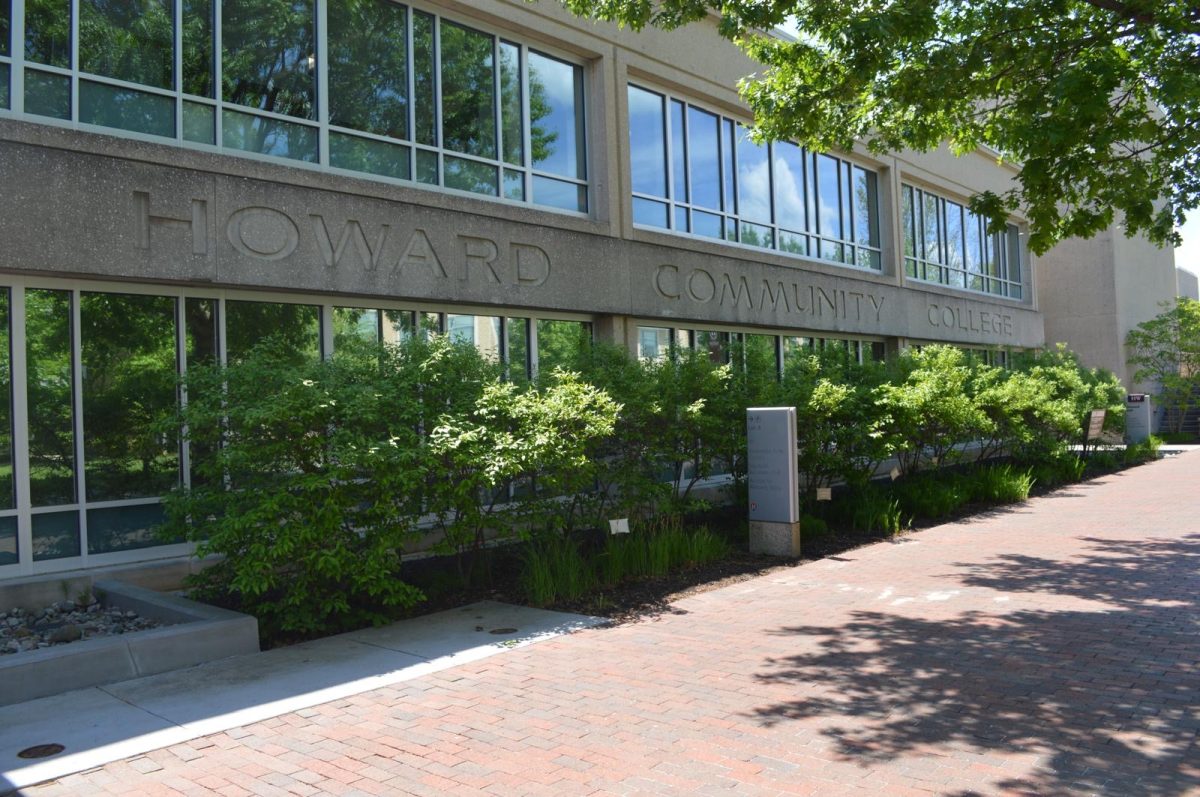Seasonal Affective Disorder: More Than Just Sadness
October 3, 2019
With a smaller amount of daylight, an urge to stay in during the colder months can make the most outwardly-facing happy person feel gloomy. Commonly referred to seasonal affective disorder (SAD), your seemingly inherent sadness may be related to the change in the season and the darker, colder weather that approaches. The most obvious of symptoms usually appear in the fall and continue into the winter months, sapping your energy and making you feel less like yourself than you’d hope. Some of the symptoms that can arise from SAD are drastic appetite changes, weight gain or loss, tiredness, low energy, oversleeping, having difficulty concentrating, feeling hopeless, and in extreme cases, having frequent thoughts of death or suicide.
The good news about SAD is that it can be diagnosed easily and there is help available. Seeing a licensed therapist, striking up a conversation with a friend, just talking to someone, or even bringing it up to your doctor can change the scope of your own battle. The Mayo Clinic suggests making a list of symptoms before your first appointment. This includes depressive patterns, problems with mental and physical health, and major stressors and life changes. They also suggest listing any medications, vitamins, herbs or other supplements used and to write down any
questions you may have to ask your doctor or therapist. Some of the treatments that are provided include light therapy

Students cope with sadness in times of reflection.
wherein you sit a few feet from a special lightbox so that you’re exposed to bright light within the first hour of waking up each day, antidepressant medication treatment, and psychotherapy known as cognitive-behavioral therapy. Another alternative treatment is known as a mind-body connection which includes relaxation techniques such as yoga or tai chi, guided imagery, and music or art therapy.
If you are limited in your resources and can’t get to any of the aforementioned treatments, there are other ways to combat SAD. On your own, find what things bring you genuine joy and seek out those things consistently. If it’s the sun’s warmth that boosts your overall mood, try making your environment sunnier and brighter and go outside on a regular basis. If being around friends gets your mind off things and their collective laughter makes things smoother for you, try socializing with people and taking trips to sunny and warm places, if possible. If you need help on campus, the Counseling and Career Services office (located at RCF 302) offers 12 free counseling sessions, or you can call directly at (443) 518-1340. If you are not on campus or if you have the time, you can also reach out to the Grassroots Crisis Intervention Center located in Columbia, MD. Their phone number is as follows, and can be accessed 24/7: 410-531-6677. You are not alone!
Editor’s Note: Suicide is a very serious topic. The first step into getting better is being open and willing to seek out help. If you have any thoughts of self-harm or suicide, please call the National Suicide Prevention hotline at 1-800-273-8255. They also offer a live online chat for anyone who needs immediate help but faces phone anxiety. As Paul originally stated in his article, you are not alone in this – you never are.






